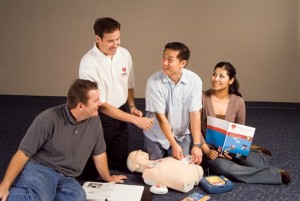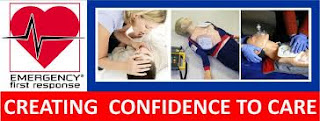This post was published in article, I am re-posting for general knowledge and future use.
 Hands on Cardio Pulmonary Resuscitation (CPR), is a technique that everyone can use to assist for those in a cardiac arrest. It is done in two simple steps:
Hands on Cardio Pulmonary Resuscitation (CPR), is a technique that everyone can use to assist for those in a cardiac arrest. It is done in two simple steps:
Like adults, children can come across hazardous situations, not knowing what to do. They can be hurt while coming across an accident or while trying to help others. This can put them in a vulnerable situation, especially if they are alone or unattended by an adult.
Teaching your children basic safety and health procedures will protect and help them to act in an emergency.
Here are some tips:
First rule: Stay safe and always protect yourself
While coming across an accident, teach your child to stop before acting. Explain to your child that his first priority is protecting himself. When approaching an accident scene-and before coming near the victim- your child must check for any safety hazards (fire, electricity, gas, etc…).
For more safeguarding, show your child how to turn off electricity and gas at home. Also, lock medicines and cleaning products away from young children and communicate their danger. Never replace them in drinking bottles. In case of fire, your child should crawl on his hands and feet and close the door behind him.
Call or shout for help
Get your child to memorize the number of the local emergency medical services (along with the firefighting department and police). A good idea is to hang emergency telephone numbers on the fridge at home -along with the nearest hospital and medical facility. Another technique is teaching your child to shout for help.
Hand on CPR: anyone can do it!
 Hands on Cardio Pulmonary Resuscitation (CPR), is a technique that everyone can use to assist for those in a cardiac arrest. It is done in two simple steps:
Hands on Cardio Pulmonary Resuscitation (CPR), is a technique that everyone can use to assist for those in a cardiac arrest. It is done in two simple steps:1. Call for help.
2. If the patient isn’t breathing or making gasping sounds: lock fingers together and pump the center of the chest in a quick beat (100 compression per minute).
Awareness Sessions
Enroll your child in a first aid and safety awareness workshop in order to increase their knowledge and how to act in emergencies.
For more information of how to save a life, visit our facebook page.



